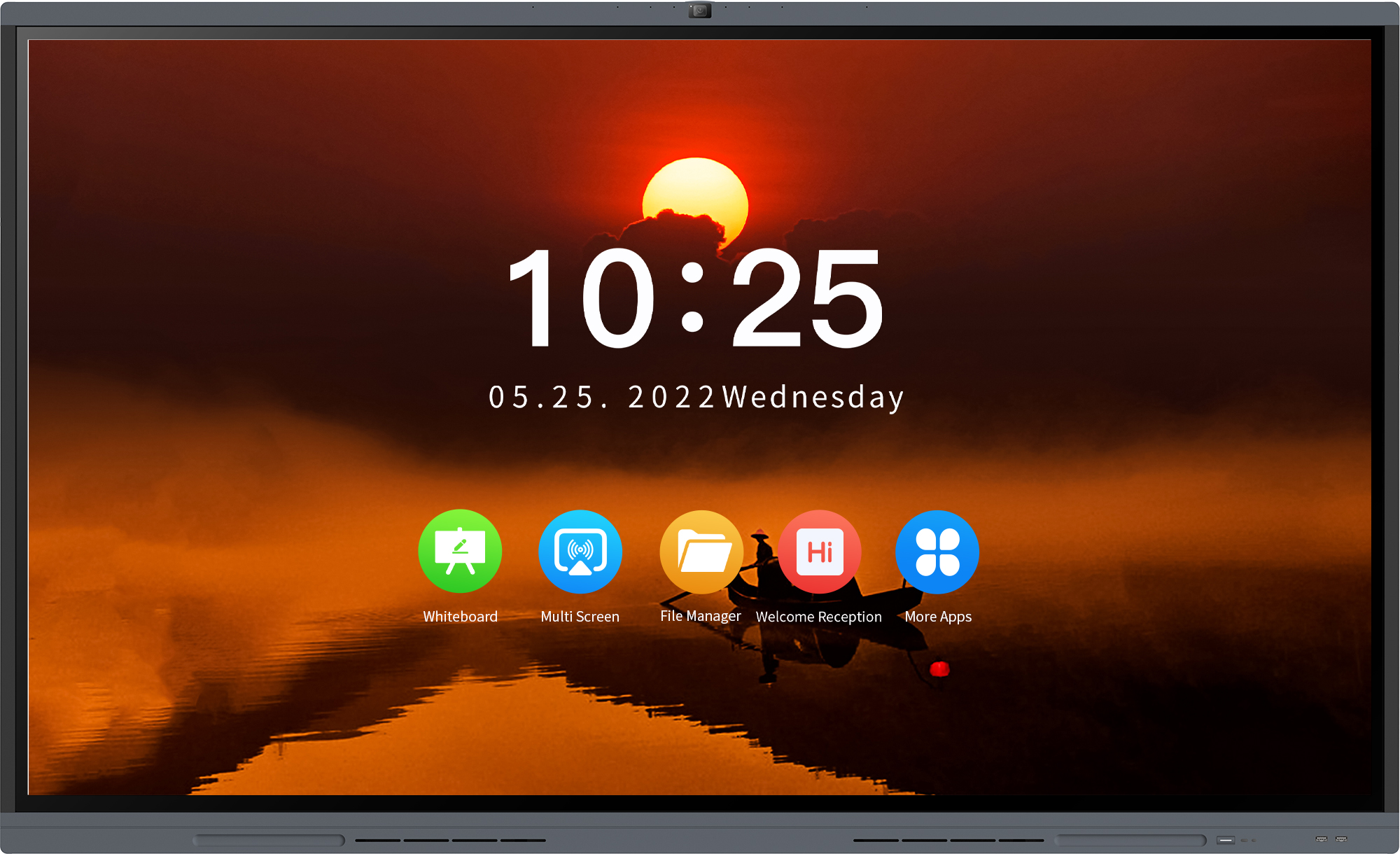Introduction

The role of classroom interactive whiteboard in promoting students' interest in learning has been widely recognized. With the advancement of technology, interactive whiteboards have become a common educational tool used in many classrooms around the world. This article aims to explore the various ways in which interactive whiteboards contribute to enhancing students' enthusiasm for learning.
Engaging Visual Learning Experience
One of the key advantages of interactive whiteboards is their ability to provide an engaging visual learning experience. With the help of multimedia resources, teachers can present information in a more dynamic and interactive manner. The combination of text, images, videos, and interactive activities on the whiteboard captures students' attention and stimulates their curiosity. This visual learning experience makes the classroom more enjoyable and promotes active participation among students.
Interactive Collaboration and Participation
Interactive whiteboards facilitate collaboration and participation among students. With the use of touch-sensitive screens and digital pens, students can actively engage with the whiteboard by writing, highlighting, and manipulating objects. This collaborative approach encourages students to work together, share ideas, and actively participate in the learning process. Moreover, interactive whiteboards allow teachers to incorporate interactive quizzes, polls, and games, which make learning more interactive and fun.
Personalized Learning and Differentiation
Interactive whiteboards provide opportunities for personalized learning and differentiation. Teachers can tailor their lessons to meet the diverse needs of students by using various multimedia resources and interactive tools available on the whiteboard. For example, teachers can display different levels of content, provide additional resources for struggling students, or challenge advanced learners with more complex tasks. This individualized approach to learning fosters students' interest and motivation as they feel valued and supported in their academic journey.
Conclusion
The use of interactive whiteboards in the classroom has proven to be instrumental in promoting students' interest in learning. The engaging visual learning experience, interactive collaboration, and personalized learning opportunities provided by interactive whiteboards contribute to creating a stimulating and enjoyable learning environment for students. The integration of technology enhances students' enthusiasm, active participation, and overall academic performance. As technology continues to advance, interactive whiteboards will continue to play a crucial role in transforming traditional classrooms into dynamic and interactive learning spaces.

